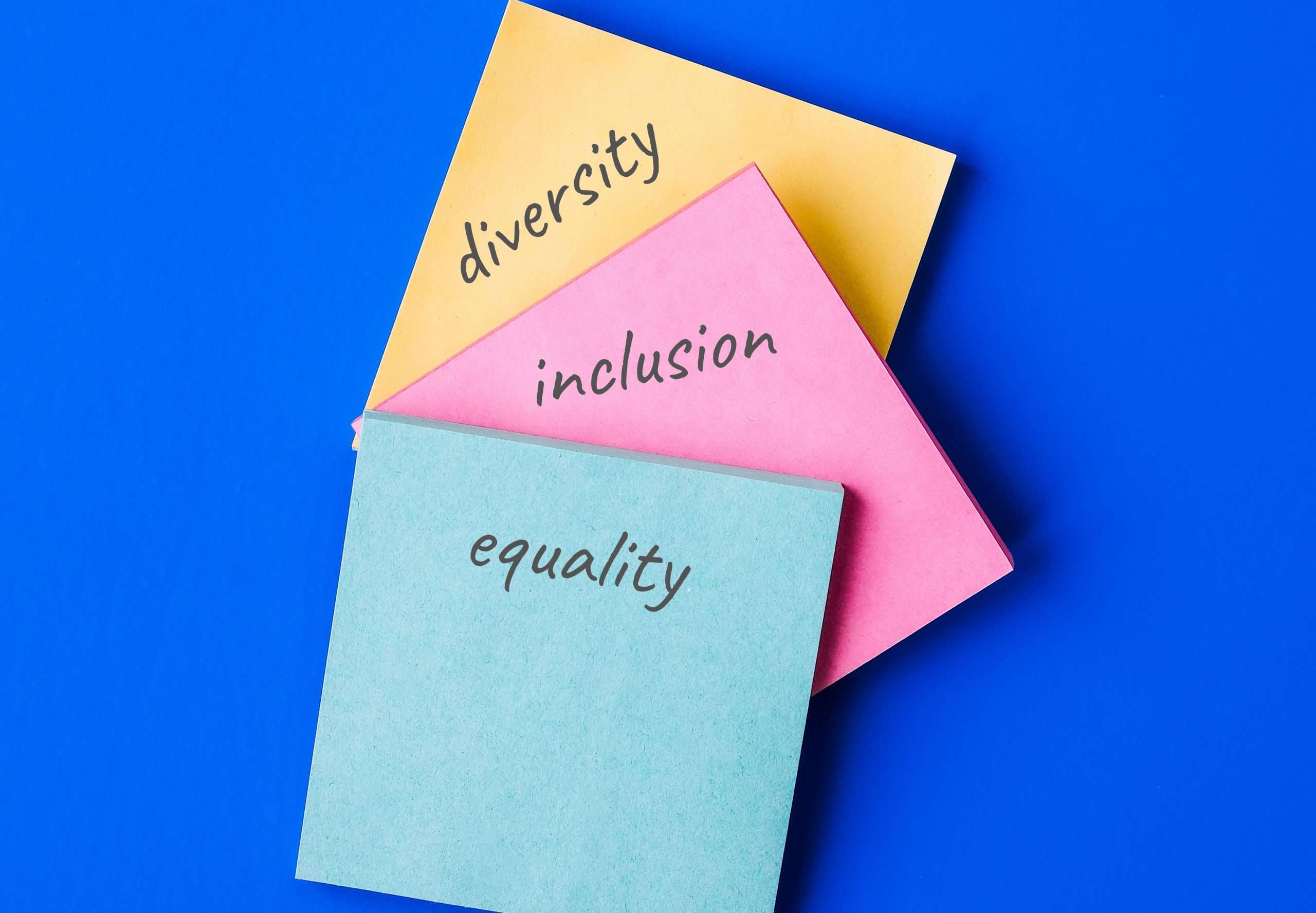Most employers are familiar with the good practice of having in place an equality or diversity policy. Such a policy sets a minimum standard of behaviour expected in order to avoid discrimination in the workplace.
Often, the policy is written with good intentions but employers struggle to turn this into productive and practical steps. This is particularly stark in relation to disabled employees’ experience of the workplace.
At the end of 2020, the Office for National Statistics reported the employment rate for disabled people in the UK is 52.3% (compared to 81.1% for non-disabled) and during the coronavirus pandemic, 21.1 per thousand disabled employees were made redundant, compared to 13 per thousand non-disabled. Similar trends exist in the pay gap between disabled and non-disabled employees.
Earlier this year, management consultants Agility in Mind found that while 99% of FTSE 100 firms had an inclusive mission statement, such as an equal opportunities statement, only half had actual, sustainable initiatives aimed at diversity, equity and inclusion.
This lowered to 4% when looking at initiatives relating to neurodiversity (e.g. autism, ADHD, dyslexia). A failure to translate written policies into action is a key reason why the disability employment gap exists.
What the law says
A person is disabled for the purposes of the Equality Act 2010 (EqA 2010) if they have a physical or mental impairment which has a long-term and substantial adverse effect on their ability to carry out normal day-to-day activities.
The EqA 2010 protects disabled workers from unlawful discrimination in recruitment and throughout the employment relationship. Disability discrimination can arise in the form of:
- direct discrimination – treating someone less favourably because of their disability
- indirect discrimination – workers with a disability are put at a disadvantage as a result of a provision, criterion or practice (PCP) applied by the employer
- discrimination arising from disability – treating someone less favourably due to something arising from their disability (e.g. sickness absence);
- failing to comply with the duty to make reasonable adjustments, whether by failing to mitigate a substantial disadvantage suffered by employees due to PCPs, not making physical adjustments to the workplace or not providing auxiliary aids
- harassment – engaging in unwanted conduct related to a worker’s disability which violates their dignity, or creates an intimidating, hostile, degrading and humiliating environment.
Protection for disabled employees is notably wide, but there is still some way to go to avoid discrimination in the workplace.
Practical steps for employers
Having an equal opportunities policy in place is only the start. Employers should be seeking to take proactive steps to reduce the risk of discrimination against disabled employees.
- Equality Policies Review: equality policies assist employers to comply with their legal obligations and reduce the risk of legal action. Employers should ensure their policies include all information recommended by the Equality and Human Rights Commission, including a statement of commitment to equal opportunities, acceptable behaviour, rights and responsibilities of those to whom the policy applies, and dealing with breaches of the policy. A policy should detail how it will be implemented and its impact should be regularly monitored.
- Policy Implementation: employers should ensure effective implementation of their policy, principally ensuring workers are aware of the policy (namely, making new starters aware of it as part of the induction process). Moreover, training in relation to the policy should be done periodically and not as a one off.
- Training: this should be provided to all employees. However, particular focus should be on training managers to identify where there may be a discrimination risk, such as at the recruitment or promotion stage, to identify where there is a need for reasonable adjustments, to recognise not all disabilities are visible (such as mental health impairments), and that individual needs vary. Managers should be trained on how to handle sensitive conversations with their direct reports and to maintain respect and confidentiality. It is important, where possible, to involve disabled employees when discussing what to include in management training.
- Review Working Practices: employers will differ in what they can offer to employees to make their working practices more inclusive. Employers should regularly review working practices and consider introducing initiatives such as flexible working patterns, mentorship programmes and having information in alternative formats (audio or braille). If proactive steps are taken by employers to create an inclusive working environment, employees may feel supported without disclosing their disability.
- Communication: employers should impress upon employees that their disability issues will be treated with respect and confidentially. Building and maintaining open lines of communication between employees and employers is vital in supporting disabled employees and making them feel comfortable at work.
If you would like to discuss how Taylor Walton Solicitors can assist in ensuring your workplace promotes equality or if you have any queries on disability discrimination, contact Anna Bithrey at anna.bithrey@taylorwalton.co.uk or call 01582 731161















